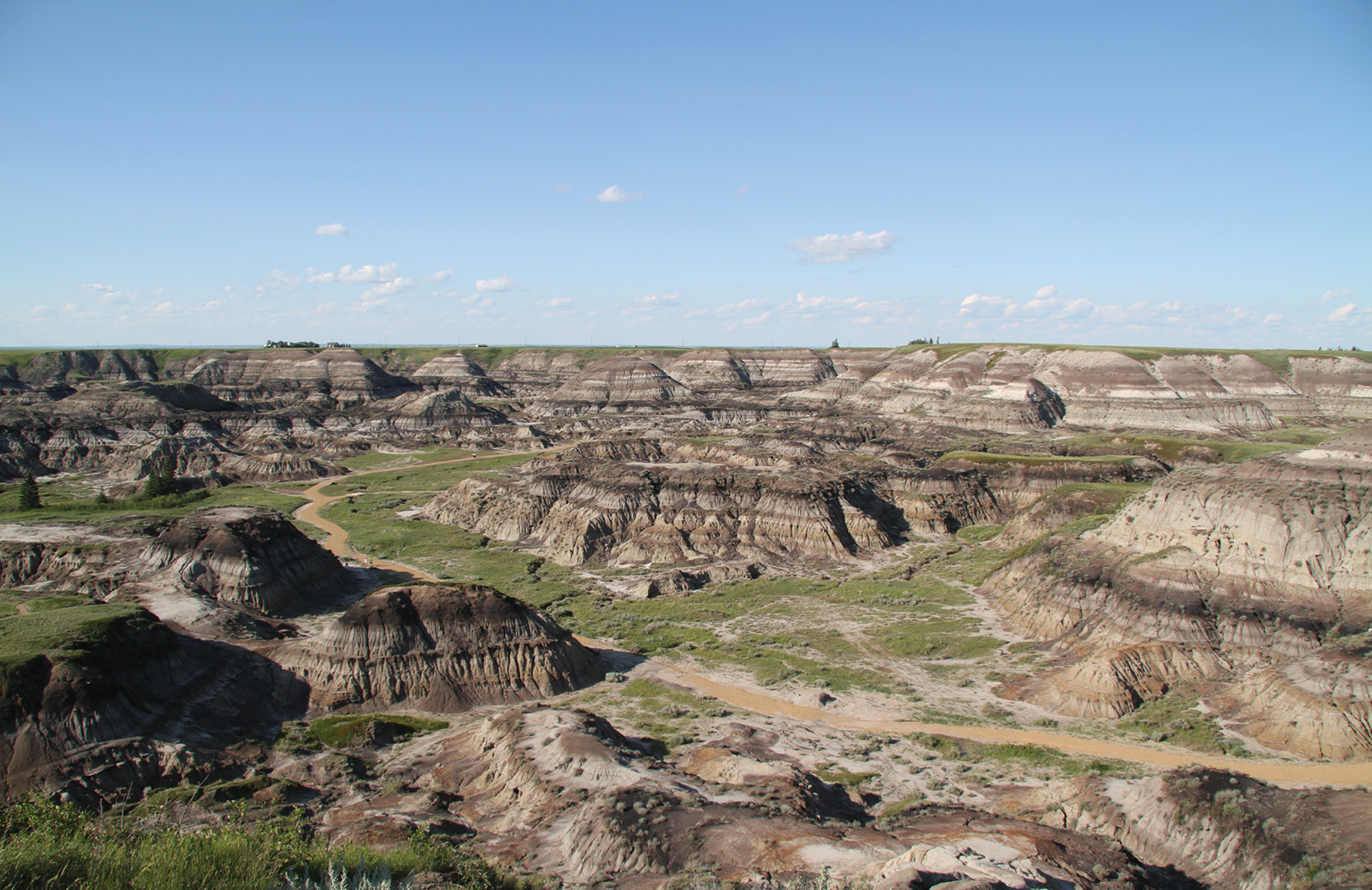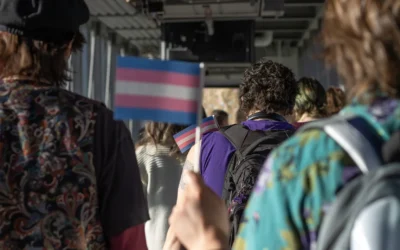When the Alberta government released its budget on Feb. 28, 2020, it included a reduction in provincial parks funding. This was the second cut in approximately six months, with parks experiencing cuts of 9.7 per cent in the fall 2019 budget and 10 per cent in 2020. Within a day, the government released 175 sites that would be delisted, closed, or sold. Further, the government announced it would seek third-party partners to run those sites instead of the government.
Chris Smith, parks coordinator with the Canadian Parks and Wilderness Society (CPAWS), Northern Alberta chapter, says those partners could be anyone from municipalities, First Nations, non-profit, or any other entity that was not the provincial government. This left many worried about the future of Alberta parks. “Within the wording of their initial release, they included the verbiage of prospect of sale of these sites to these entities, so that was what was a big red flag to us from the beginning,” said Smith.
However, by March 4, 2020, after the initial push back, the government had stricken the word sale from the plan and had said they did not intend to sell any of the parks. “From our perspective, we definitely think that the very large push back from the public within the first few days is what led them to reconsider,” says Smith.
One of the most significant issues was the lack of transparency, as the government didn’t make much information available. “There was no information on how much they would be saving, how were these sites determined to be underutilized, or how they were choosing partners. Basically, there was no information that explained how the government was going to do this or how they decided to do this,” says Smith. The concern was so great in part because 175 parks is about a third of Alberta’s parks, a significant portion of Alberta’s designated outdoors.
The lack of transparency pushed groups to work together in order to keep the public informed on changes and new releases. By July 2020, the NDP had begun a campaign named Don’t Go Breaking My Parks, a play on the Elton John and Kiki Dee’s song “Don’t Go Breaking My Heart.” The campaign to save Alberta parks included signing a petition and receiving a sticker to show support. Along with that, a campaign named Defend Alberta Parks was organized by the Alberta Environmental Network and CPAWS and launched on Aug. 18, 2020. The Defend Alberta Parks campaign worked to hold virtual town hall meetings and kept the public informed on any changes. CPAWS also created a page on their site dedicated to fact-checking information on the Alberta parks situation.
Smith says that it’s essential to consider that Alberta parks were privatized back in the ‘90s. “From what we saw, it had a massive detrimental impact on the quality of experience that people had camping in provincial parks,” he says. Although he recognizes that partnerships can work very well in some cases, in others, much like in the ‘90s, they can’t. Smith says what was even more alarming was that the government started saying they were going to delist parks first and then find partners for them. “That delisting part was important, because that basically means they were going to remove them as parks, and they would no longer have the protection under the legislation, and they would be giving it over to a partner with none of the inherent protections that come with a provincial park,” says Smith. If delisted, the government would return parks to crown land, and from there, it could do whatever it wanted with the land.
CPAWS also made a freedom of information request in order to analyze what the government was basing its budget savings on. However, what became clear was that the government didn’t actually have the data to inform them of how much this would cost or how much they might save, an even scarier thought because it meant the government wasn’t making an educated decision based on data.
The campaigns saw a lot of great feedback, and the government received a lot of push back. Marlin Schmidt, MLA for Edmonton-Gold Bar and Environment Critic, says the message was clear. “We certainly heard clearly from the people of Alberta that they want the parks protected.”
Smith says that by Nov. 2, 2020, when the government held their town hall on the issue, there was a significant indication that the MLA’s were receiving a lot of correspondence from their constituents on the matter.
The town hall felt like it did anything but clarify the matter, and that is when the government launched their own counter campaign called My Parks Will Go On, a play on Celine Dion’s “My Heart Will Go On.” After that, it seemed that the more the government tried to abate people’s concerns, the more attention it seemed to bring to the forefront. Smith says every time the government did an event, the Defend Alberta Parks campaign saw their sign requests increase.
On Dec. 22, 2020, the people of Alberta received welcomed news: the government announced that they had found partnerships and would not delist or remove any parks from the system. “Yes, that’s a win, and anyone who got a sign or wrote their MLA should be proud that their voice was actually heard on the matter. We are 100 per cent sure that the government changed their mind on this file because of the amount of public pressure,” says Smith.
Nonetheless, there was still no transparency and many unanswered questions. Schmidt says, “The government’s announcement didn’t provide any detail …. They made some vague references to having found partnerships for all the sites, but they didn’t provide any information as to who those partners are or what the terms of the partnership agreements are.” This has left Schmidt with ongoing worries. We reached out to the office of Minister of the Environment, Jason Nixon, but did not receive a response.
Although Albertans may have won this battle, it’s possible there will still be a war for the protection of parks in Alberta. Smith says, unfortunately, the government is still wanting to change legislation pertaining to parks, and if this happens, Alberta parks may still lose the protections offered under current legislation. Schmit says this potential change in legislation refers to the government’s musings of creating a crown lands act. Currently, crown lands and Alberta parks are covered under two separate legislations. The parks legislation offers much greater protection for conservation, and Schmidt says the issue with the government rolling the two together is that we may lose the protection for parks.
“That is our main concern, but the government hasn’t given us a whole lot of information about the direction they are going to be going, so we wait and see,” says Schmidt. For this reason, both Smith and Schmidt recommend keeping the signs and continuing the push back. The fight isn’t over.





0 Comments